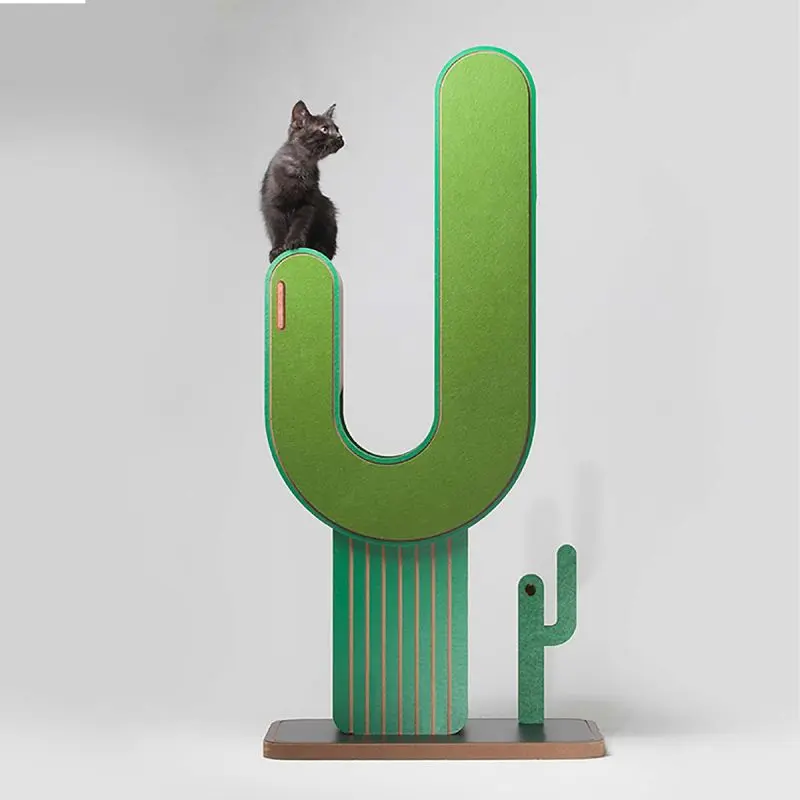If you are a cat owner and DIY enthusiast, you may have considered building a cat tree for your furry friend. Cat trees, also known as cat condos or cat towers, are not only a great way to provide entertainment and exercise for your cat, but they also serve as a designated space for your cat to scratch, climb, and rest. One of the key materials in building a cat tree is sisal rope, which is essential for creating a scratching post that your cat will love. In this blog, we will discuss how much sisal rope you need for your DIY cat tree project.
Sisal rope is a durable natural fiber that’s perfect for withstanding the constant scratching from your feline friends. When incorporating sisal rope into a cat tree, it is important to ensure that there is enough rope to cover the designated scratching post, while also accounting for any additional wrapping for aesthetic and structural purposes.
The amount of sisal rope needed for a DIY cat tree project depends on several factors, including the height and circumference of the scratching posts, the number of scratching posts, and the overall design of the cat tree. In order to determine exactly how much sisal rope you need, precise measurements must be taken and the construction of the cat tree carefully planned.
First, consider the height and perimeter of your cat scratching post. Measure each scratching post from top to bottom to determine the length of sisal rope needed to cover the entire scratching post. It’s a good idea to add a few extra feet to trim and secure the rope. Also, if you plan to wrap the post multiple times to add thickness, consider the extra length of sisal rope required for each wrap.
Next, consider the number of scratching posts in your cat tree design. If your cat tree contains multiple scratching posts of different heights and girths, calculate the total length of sisal rope needed for each post individually, then add the lengths together to get the total length. It’s always better to have a little extra sisal rope on hand than to run short in the middle of a project.
Additionally, consider the overall design and structure of your cat tree. If you plan to add other elements, such as platforms, perches, or ramps that will need to be wrapped with sisal rope, be sure to include these measurements in your calculations. These elements may require different lengths of sisal rope, depending on their size and purpose.
In addition to measurements and calculations, it is also important to consider the quality and thickness of the sisal rope. Thicker ropes will provide your cat with a sturdier, longer-lasting scratching surface, while thinner ropes may wear out faster. Keep in mind that the thickness of the rope may affect the overall length required for each cat scratching post, so be sure to take this into consideration when planning your DIY cat tree project.
Once you determine the total length of sisal rope you will need for your DIY cat tree, it is recommended to buy a little extra just in case. Having extra sisal rope ensures you have room for error and allows for any future adjustments or repairs. Plus, it’s never a bad thing to have extra sisal rope on hand, as it can be used for smaller DIY projects or as a replacement for a worn cat scratching post.
In summary, the amount of sisal rope you need for your DIY cat tree project will vary depending on the size, number, and design of the scratching posts, as well as the overall structure of the cat tree. Taking accurate measurements, planning your project carefully, and considering the quality of the sisal rope are important steps to ensure you have enough rope to complete your cat tree. By following these guidelines and purchasing some extra sisal rope, you can create a sturdy and durable cat tree that your feline friends will love. Happy building!
Post time: Jan-02-2024

